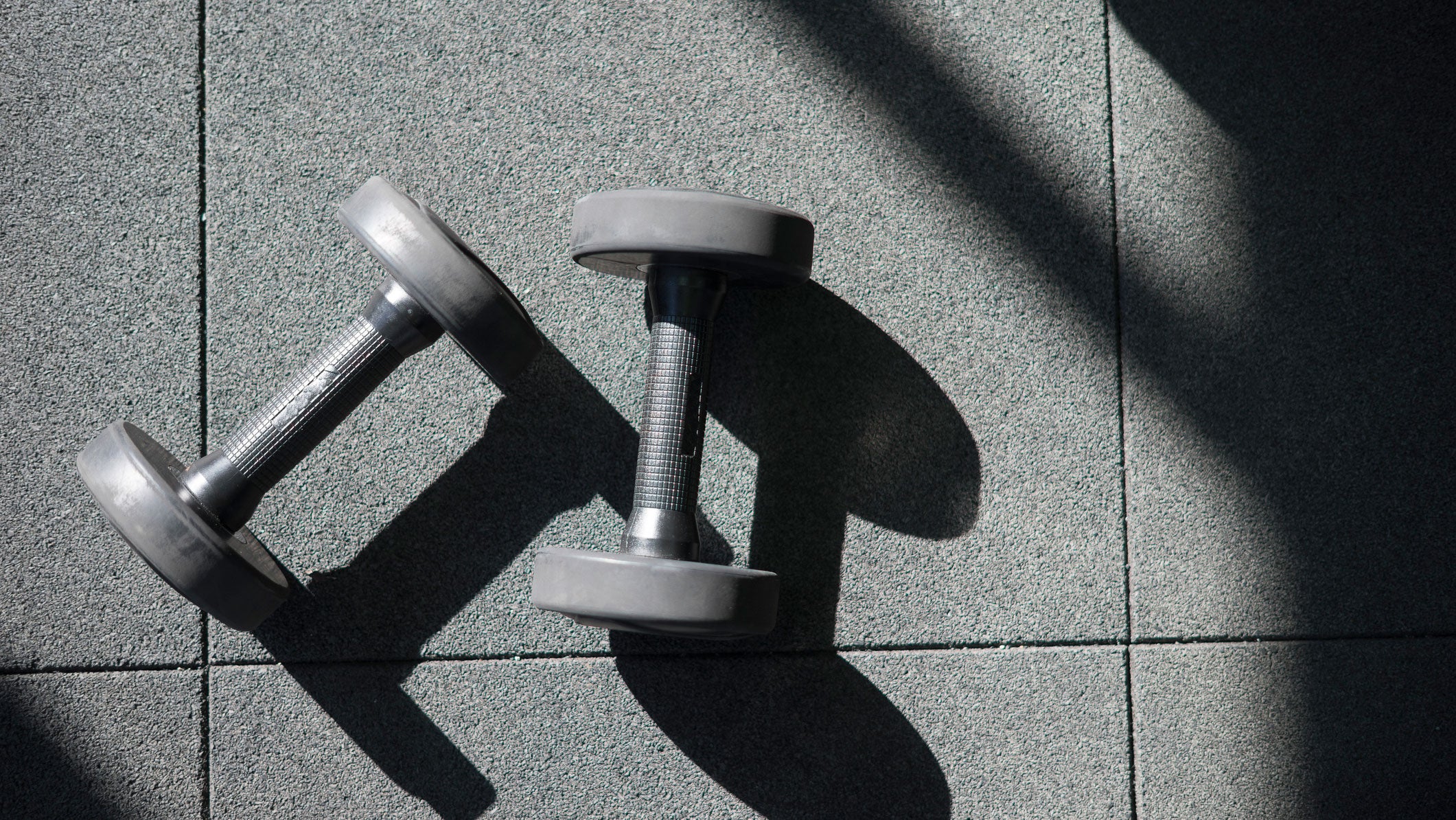Ask a Trainer: How Do I Fit Strength Training Into My Busy Schedule?

Strength training for triathletes can help you build better resistance to injury.
Strength training for endurance athletes is no longer a foreign concept. The trick is figuring out what is most important and how to incorporate it into the busy life of an age-group athlete. Athletes often take an all or nothing approach or focus on elements that might sound like good ideas, but that may not be the best bang for their time-crunched buck. Let us start by defining what is included in strength training and follow up with strategies to incorporate it into a busy schedule.
RELATED: Consistency is the Foundation of Triathlon Success
With our clients, I view “strength training” as everything other than endurance training designed to keep athletes healthy and improve their performance. That includes mobility, core, traditional strength training, power training, agility, and form/pattern drills. In a perfect world, we would touch on elements of each based on the day of the week and the endurance session. Our basic philosophy is if you are going to swim, bike, and run five-to-seven days a week, you should also incorporate supplemental work five-to-seven days a week. The key is matching strength on hard run days and not going after too much on long training days. Each endurance coach has a preferred weekly flow, but this is how we match up key sessions.
Time permitting, here is a typical week for our triathletes:
Sample triathlon training week with strength training
Monday
P.M. Soft tissue reset
Tuesday
A.M. Hard run
P.M. Strength
Wednesday
P.M. Drills, form, pattern work
Thursday
P.M. Core
Friday
A.M. Hard run
P.M. Strength
Saturday
A.M. Long bike
P.M. Long bike mobility
Sunday
A.M. Long run
P.M. Long run mobility
But what if I can’t do all that?
If you are looking at that schedule thinking, “There is no way I can fit that around a job, kids, spouse, etc.,” then you start to hack the system. Healthy is always the number one goal, so you need to make sure your mobility and core are covered first. We are big proponents of strength work, but if our athletes are not moving well and stable, we might be putting them at risk by providing more horsepower on a less-than-ideal chassis.
One option is to stick only with mobility and core. A better option is to incorporate mobility and core into your strength sessions. We intentionally build redundancy in our programming so that no single session makes or breaks the athlete. Strength sessions include mobility and core, and our core sessions include mobility. At the end of the week, athletes have incorporated mobility five to seven days a week, strength two days, and core two to three days with some form work. Power and agility training are incorporated in our strength sessions, but only if mobility, core, and base strength are on point.
At a minimum, we recommend 45-60 minutes of strength sessions two times a week (with mobility and core included) and short mobility sequences after long weekend training. Frequency beats duration every time. Ultimately, you should find a qualified professional to identify your areas of tightness, weakness, and bad patterns. That should be the basis for how much of each area you should incorporate. Here are a few samples of how we put together sessions – assuming no major deficiencies. Some is always better than none when it comes to self-care!
Sample workouts
Core workout
*Exercises grouped together should be performed as a mini circuit for the prescribed number of sets.
Foam Roll (video)
Back and Hips (video)
Toe Touch Reach Back Series 1x 3-5 each movement (video)
Cat/Cow 1×10 total (video)
Runner’s Lunge w/Rotation 1x 3-5 each movement (video)
Body Saw 2x 10 (video)
Prone Ws 2x 10-15 (video)
Lateral Plank 2x 10 each side (video)
3 Way Hip Hinge 2x 12 total (video)
Press Out 2x 10 each side (video)
Press and Sweep 2x 5-10 (video)
Curl Up 2x 30-45 sec (video)
RELATED: Which Foam Roller Should You Use?
Strength workout
*Exercises grouped together should be performed as a mini circuit for the prescribed number of sets.
Foam Roll (video)
Back and Hips (video)
Triple Hip Opener 1x 5 each (video)
90/90 Hip 1x 30 sec each (video)
Cat/Cow 1x 10 (video)
Runner’s Lunge w/Rotation 1x 3-5 each movement (video)
X Band Hip Primer 1x 10 each (video)
Shoulder Mobility 1x 10 each (video)
Hybrid Squat/DL 3x 10 (video)
Run Primer 3x 10 each (video)
Roll out 3x 10-15 (video)
Half Off Chest Press 3x 10 each (video)
One Arm Row 3x 15 each (video)
Lateral Plank 3x 20-30 sec each (video)
Lift Pattern 3x 10 each (video)
Lat Sweep 3x 15 (video)
3 Way Dorsi Flex 3x 12-21 (video)
Post long bike mobility
Foam Roll (video)
Back & Hips (video)
Paraspinal Rolls 1x 4-6 (video)
Lacrosse Ball Hips As needed (video)
Active Hamstring 2x 10 each side (video)
Triple Hip Opener 1x 30 sec. each position each side (video)
Quad w/ Rotation 2x 30 sec. each side (video)
Trunk Rotation 1x 3-5 each position each side (video)
RELATED: Reviewed: Mobility Wall, The Rolls Royce of Foam Rollers
Post long run mobility
Mid Foot Mobility (video)
Calf Release w/Peanut x3 passes each area each side (video)
Ankle Mobility w/Big Toe Extension 1x 10 each side (video)
Foam Roll Hips 1x 3 rolls (video)
Wall Series 1x 30 sec each position each side (video)
Couch Stretch 2x 1 min each side (video)
RELATED: 6 Simple Poses for Stretching Sore Tri Muscles
Kevin Purvis is a certified personal trainer with the National Strength and Conditioning Association. He’s based in Boulder, Colorado, where he works with a number of endurance athletes.